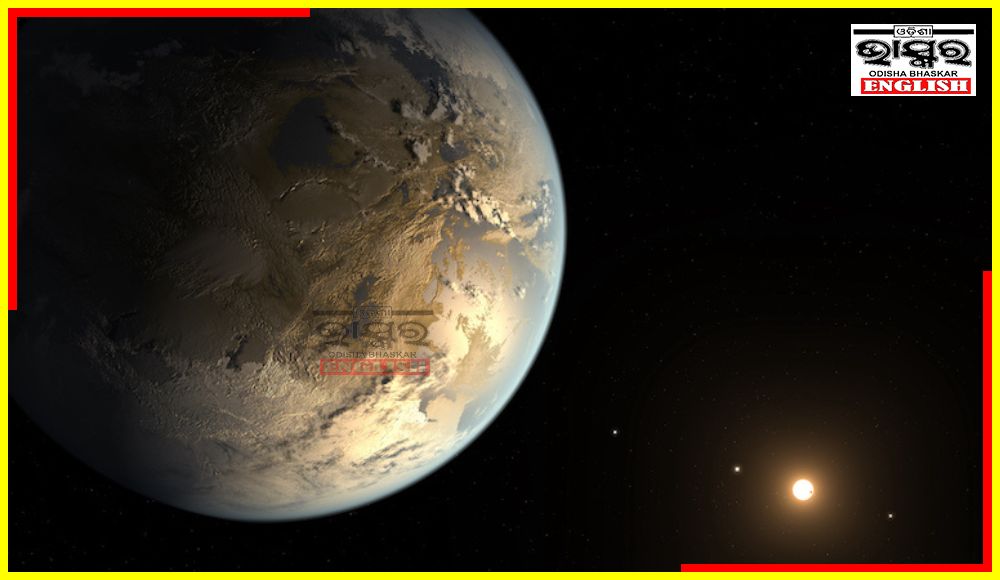A “super-Earth”, a planet that could potentially support life was discovered by American space agency NASA. This planet where life is expected to survive is located 137 light-years away.
NASA announced this finding in a press release saying, “A ‘super-Earth’ ripe for further investigation orbits a small, reddish star that is, by astronomical standards, fairly close to us – only 137 light-years away. The same system also might harbour a second, Earth-sized planet.”
According to NASA, this planet is named TOI-715 b and is around one and a half times as wide as Earth, and orbits within the “conservative” habitable zone around its parent star, possibly indicating that it may form liquid water on its surface. It completes a full orbit around its star in just 19 days.
The planet circles a red dwarf, which is smaller and cooler than the Sun. The Transiting Exoplanet Survey Satellite (TESS) found the new planet.
“Much will depend on the planet’s other properties, including how massive it is and whether it can be classed as a “water world” – making its atmosphere, if present, more prominent and far less difficult to detect than that of a more massive, denser and drier world, likely to hold its lower-profile atmosphere closer to the surface,” NASA said in the release.




Comments are closed.